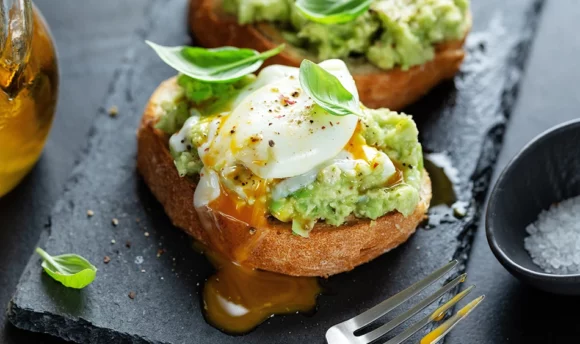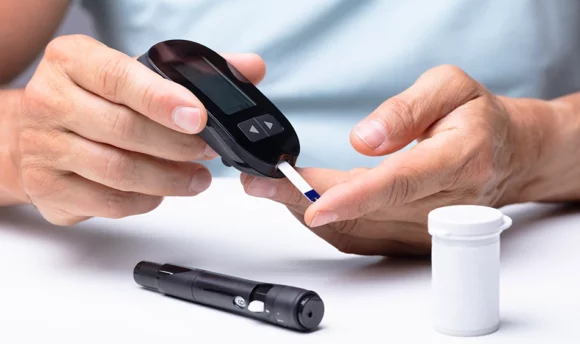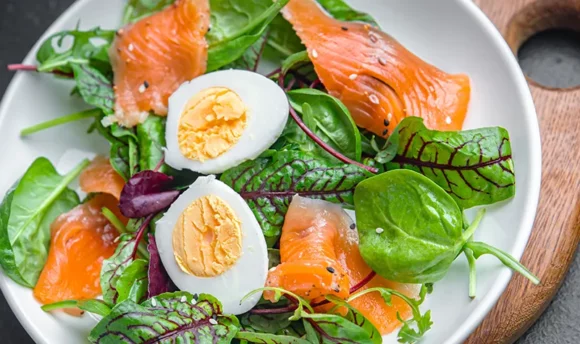Keto Vegetables: Top 50 Veggies to Have on Your Low-Carb Diet
From classic leafy greens to popular root veggies, you’re bound to find the best food for your diet.
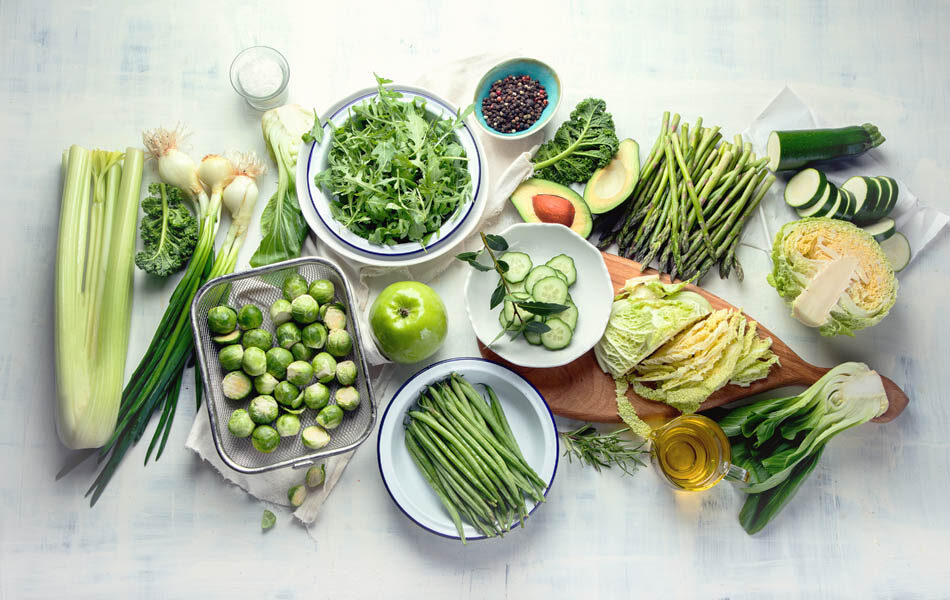
Consuming enough fruits and veggies on the keto diet can help you lose weight.
Of course, they’re low in calories, but they’re also low in net carbs. To maintain ketosis over the next few weeks or months, you need to eat low-carb foods.
Beginners of the ketogenic diet might feel challenged by this. It can be difficult to determine what foods are suitable and how much you should eat each day. Well, there’s nothing to fear because we have arranged a list of the best keto-friendly vegetables.
From delicious avocados to classic bean sprouts, you’re bound to find something that suits your taste buds.
In this article, you’ll discover the top 50 keto vegetables for your low-carb diet.
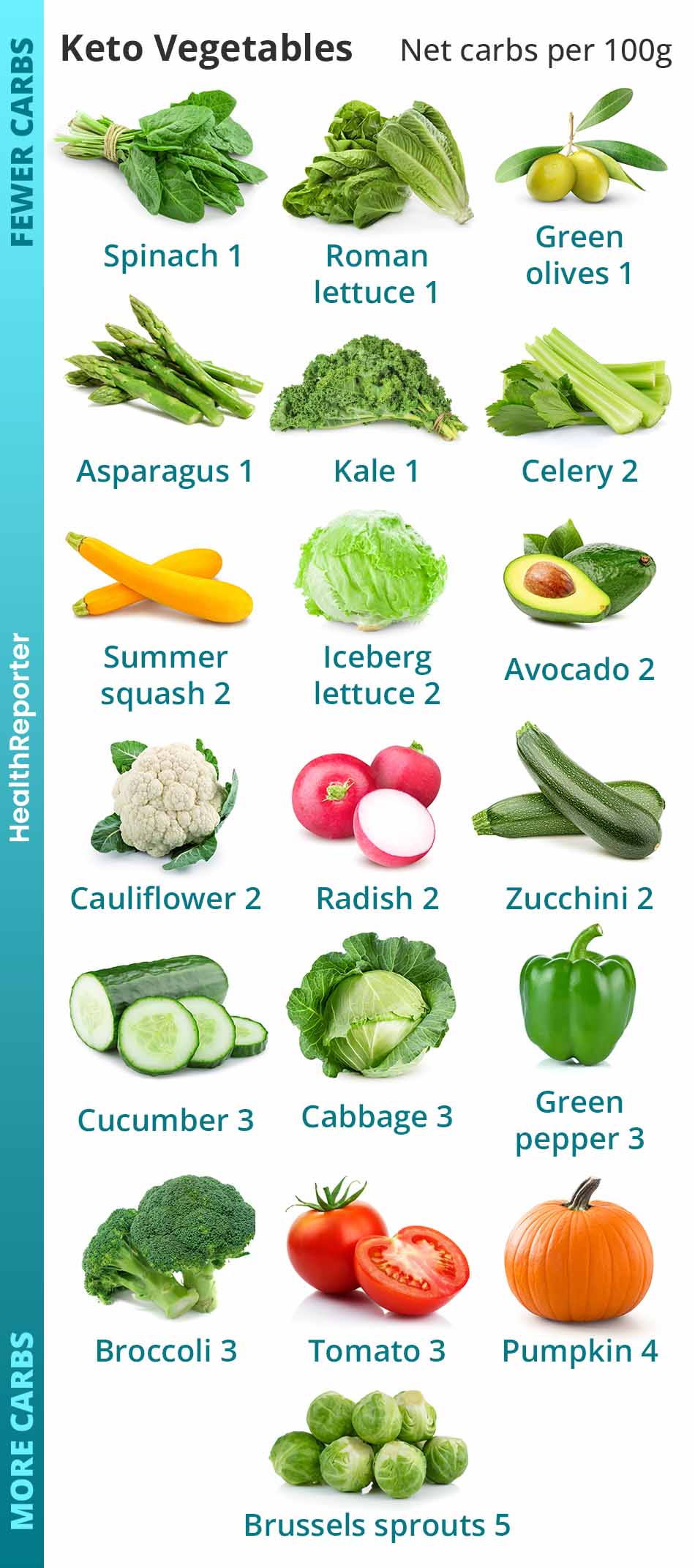
Best Keto Vegetables You Should Try Right Now
So, you’ve just started the keto diet, but you don’t know what meals to make. It’s all about finding the right keto vegetables, meat, and whole grains to satisfy your stomach. There are plenty of veggies to choose from when it comes to making salads, stir-fry, casserole, and curry.
Here are 50 keto vegetables to add to your low-carb meals:
#1 Asparagus
Asparagus is one of the best keto-friendly vegetables for weight loss. In 100 grams of asparagus, there are 1.78 grams of net carbs, making it a perfect addition to the keto diet. Low-carb veggies encourage the body to burn more stubborn fat instead of reserved glycogen stores.
Since asparagus is also rich in fiber, it will suppress your appetite. A high amount of dietary fiber slows food movement in your digestive tract. Feeling less hungry throughout the day can prevent snacking or binge eating, leading to better weight loss results on the keto diet.
A simple asparagus recipe includes pouring some olive oil, garlic flakes, salt, and black pepper over chopped asparagus and cooking that in an air fryer.
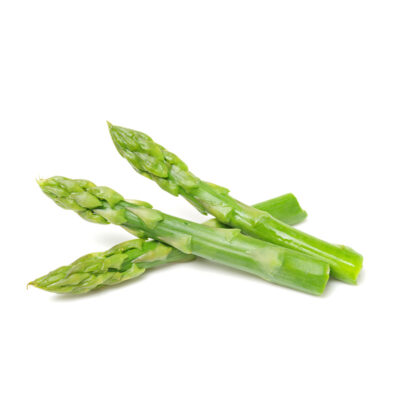
#2 Avocado (technically, it is a fruit)
There are only 1.83 grams of net carbs per 100 grams of avocado.
This amount makes it ideal for those following the keto diet. Avocado is technically a fruit, but it can be mixed with any type of vegetable, including spinach, kale, and even lettuce leaves as a sandwich base alternative.
Avocados are also high in dietary fiber, so you won’t be feeling hungry on the ketogenic diet. You can stuff this food with tomato, bacon, spinach, and a low-carb salad dressing to get the best, delicious lunch.
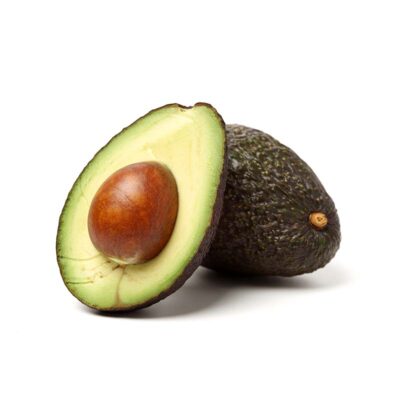
#3 Broccoli
In 100 grams of broccoli, there are 3.87 grams of net carbs. Even though this might seem like a lot for the ketogenic diet, you can have small amounts throughout the day. Broccoli contains very important minerals that support weight loss and improve long-term heart health.
Broccoli contains lots of water because it is a non-starchy vegetable. As you might already know, an adequate water intake boosts the fat-burning process. Since broccoli is 90% water, you can consume healthy minerals while reaching optimal hydration levels.
You can eat this veggie with anything, including chicken salads, vegetable stir-fry, and even a low-carb curry containing high-fat ingredients.
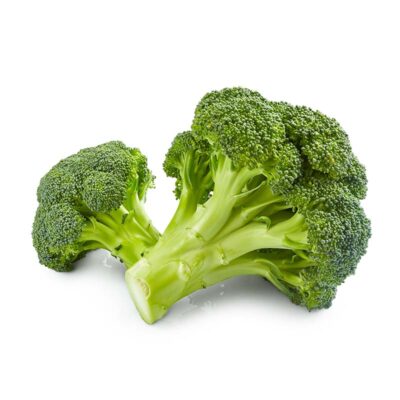
#4 Cauliflower
Cauliflower is perfect for the keto diet due to its versatility.
Some people like to make cauliflower rice when replacing traditional grains. This is because there are only 2.97 grams of net carbs per 100 grams of the delicious veggie.
You can mash cauliflower, turn it into a pizza crust, or flatten it to make chips. There are many ways to include this vegetable in your healthy recipes. As they only contain 25 calories, you don’t have to worry about disruptions during the weight loss journey.
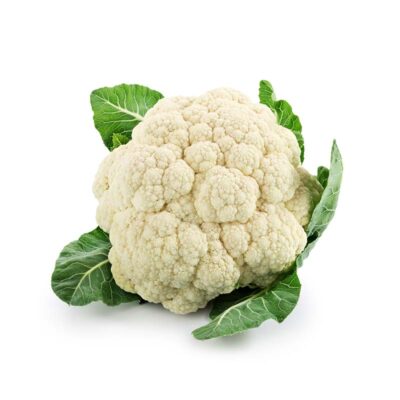
#5 Celery
Celery might not be everyone’s favorite food, but it’s the perfect snack for keto vegetable recipes. With 1.37 grams of net carbs per 100 grams of celery, you just can’t go wrong. Eating celery can feed your body nutrients like potassium, folate, and vitamin C.
Drinking celery juice is also great for diabetes. People with high blood sugar levels don’t have to worry about hyperglycemia symptoms when following the keto diet. Low-glycemic vegetables are usually the best foods for your heart and gut.
Aim to snack on celery when you’re hungry. If you don’t enjoy the plain taste, dip them in some low-carb salad dressings or condiments.
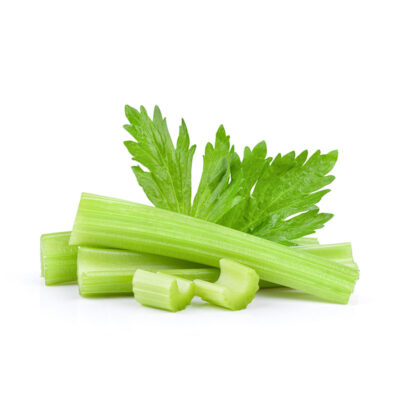
#6 Cucumbers (technically, it is a fruit)
Now, cucumbers are one of the best low-carb, low-calorie keto vegetables.
They contain 3.13 grams of net carbs per 100-gram serving. 95.2 grams of water is also great for boosting hydration and maintaining strong organ function. People should aim to get 9–12 cups of water a day when following the ketogenic diet.
Cucumber is also excellent for your fat loss journey. Since it is made up of mostly water, it can support your metabolism during the fat-burning process. A fast metabolism means the body burns more calories throughout the day.
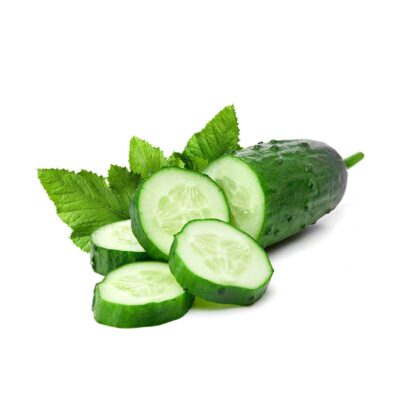
#7 Kimchi
Kimchi is a traditional Korean vegetable packed with antioxidant compounds and vitamins. There are 0.8 grams of net carbs per 100 grams of kimchi, making it great for your low-carb diet.
Due to the high nutrient profile, this vegetable can improve your long-term health. One study found that people who ate fermented kimchi for 4 weeks had lost body weight. This can relate to the minimal calories and metabolism-boosting ingredients.
To consume this vegetable on the keto diet, mix it with some sea salt, green onion, ginger, and garlic. You can also add red pepper to enhance the flavor of this dish.
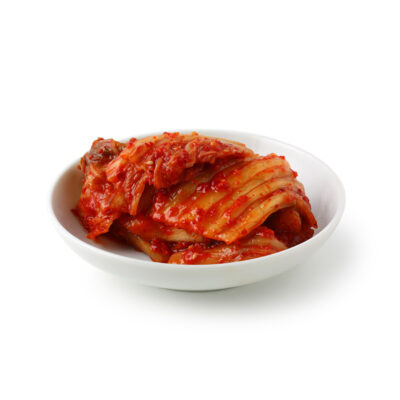
#8 Lettuce
Lettuce is a common low-carb vegetable, but it’s the easiest to pair with meals. It has 1.19 grams of net carbs per 100-gram serving. Eating lettuce is one way to increase bone strength, hydrate the body, improve your sleep, and boost the immune system.
This vegetable also contains beta-carotene – an organic compound that keeps your organs healthy. Important minerals like this help boost your strength during the keto diet.
You can use lettuce leaves as a wrap or mix them with nutrient-dense salads. It’s a versatile vegetable that goes with most keto vegetable recipes.
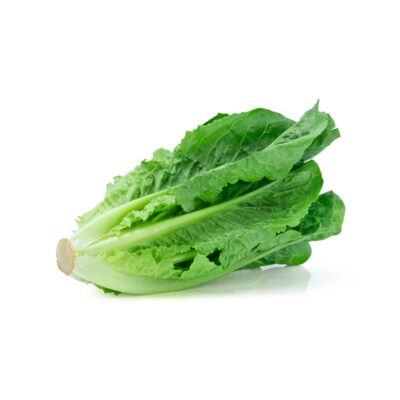
#9 Okra (technically, it is a fruit)
Okra is a green tube-like fruit that makes keto cooking fun. Yes, it is technically a fruit, but people often view it as a low-carb vegetable. This is because of the grassy flavor and thick texture.
There are 4.25 grams of net carbs per 100 grams of okra. While this amount seems too much for the keto diet, it won’t break ketosis. You can have around 50 grams of the low-carb veggie with your meal, which only equates to 2.1 grams of net carbs.
One of the best keto recipes includes fried okra bites. Just season the okra and roll it in almond flour. Pop it into your air fryer to create a delicious alternative to chicken nuggets.
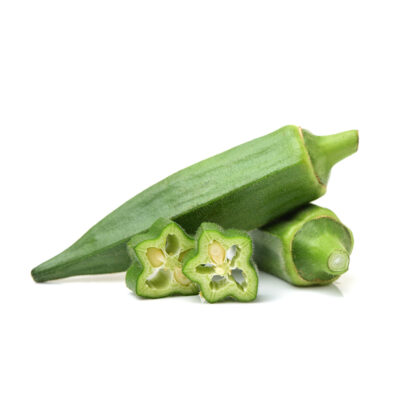
#10 Radishes
Now, radishes are fresh root vegetables that contain some of the most important nutrients. Calcium, potassium, and magnesium are three electrolytes that make radishes so healthy for the body.
Not to mention, they only contain 1.8 grams of net carbs per 100-gram portion. The fewer carbs you eat on the keto diet, the more likely you’ll see results. Snacking on radishes is just one way to keep energy levels high.
Back to the electrolytes, your body needs them to carry out important processes. For example, potassium maintains fluids in and outside of cells. Fluid imbalance can lead to serious constipation, muscle cramps, irregular heart rate, and chronic headaches.
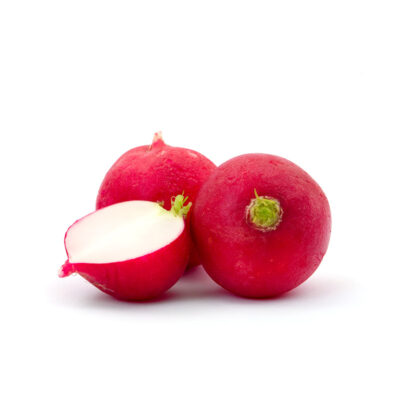
#11 Spinach
Spinach is one of those low-carb vegetables that will never get old. It goes with many traditional dishes and is healthy for your body. Eating spinach can boost weight loss due to the minimal calories, carbs, saturated fats, and sugars.
There are 1.43 grams of net carbs per 100 grams of spinach. Vegetables with almost no carbs can help maintain ketosis. Of course, the longer your body stays in ketosis, the more fat it will burn throughout the day.
Raw spinach also curbs your appetite and reduces blood sugar levels. These two benefits are great for people who have type 2 diabetes. Just make sure to eat plenty of spinach in your keto recipes.
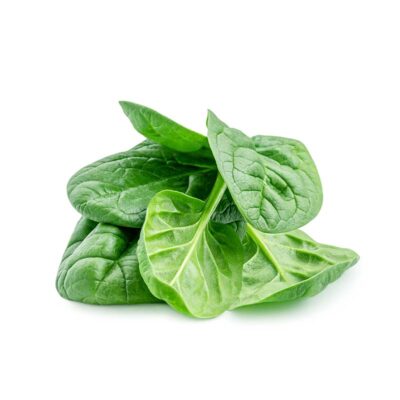
#12 Tomatoes (technically, it is a fruit)
Tomatoes are technically a fruit when it comes to this list. However, they mainly suit keto vegetable recipes, so it’s down to your specific dietary preferences.
In 100 grams of tomato, there are 2.69 grams of net carbs. Add the small tomatoes to salads or snack on them when you feel hungry. There’s never a right time to munch on some low-carb vegetables.
The anti-inflammatory properties of tomatoes can soothe inflammation in your gut. Bad bacteria and toxins are prone to slowing down the fat-burning process. Aim to eat plenty of tomatoes when improving your gut’s long-term health. You may also try tomato soup once in a while.
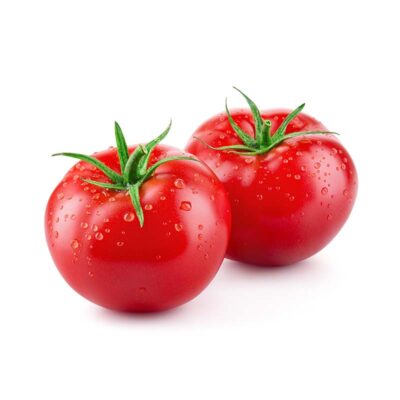
#13 Turnips
Turnips are root vegetables that are closely related to beets and sweet potatoes. With there being 4.63 grams of net carbs per 100-gram serving, you can enjoy it with most keto recipes. For example, people cut the turnip into chip-like shapes and bake them until crispy and brown.
Another great thing about turnips is that they contain lipids – fatty acids that boost your metabolism. They inhibit fat production in your body, preventing future weight gain. This is great for people who want to lose more than a few pounds on the ketogenic diet.
Just remember that turnips won’t burn fat directly. You can eat them to support weight loss and keep energy levels high during a low-carb meal plan.
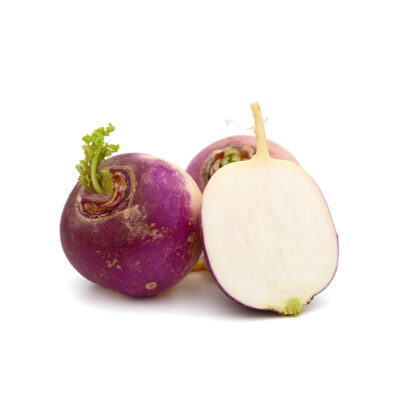
#14 Yellow squash (technically, it is a fruit)
Roasted yellow squash can really spice up a low-carb diet. It provides numerous health benefits when it comes to losing weight. Due to the minimal calories, you won’t have to worry about exceeding your calorie intake or eating too much in one meal.
There are 2.88 grams of net carbs per 100 grams of yellow squash. Fresh vegetables like this can encourage you to lead a healthy lifestyle. To make the most out of it, add some parmesan and herbs to the yellow squash before roasting it in the oven.
One great thing to note is that yellow squash contains lots of soluble and insoluble fiber. Getting enough fiber in your diet can reduce hunger pangs and keep you satisfied until the next low-carb meal.
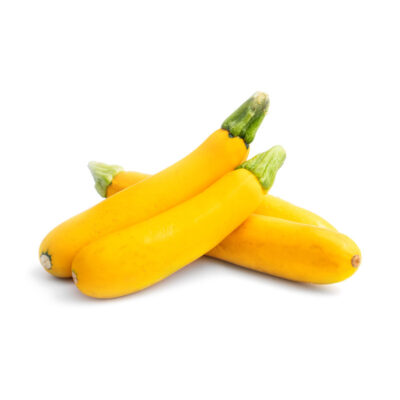
#15 Zucchini (technically, it is a fruit)
Zucchini is a type of low-carb squash that makes keto recipes more fun. Some people love to make meals containing zucchini noodles, as it’s a great way of enhancing basic salads. This food contains 2.11 grams of net carbs per 100-gram serving.
Even though zucchini is technically a fruit, you can still use it to replace carb-based foods that would otherwise ruin ketosis. For example, mashing zucchini and molding it into burger buns or tortilla wraps can help you enjoy more recipes that are low in carbs.
Another benefit of zucchini is that it’s high in nutrients. Consuming nutrient-dense foods on the diet may reduce or prevent keto flu symptoms. Your body has enough energy to fight off the typical headache or fatigue.
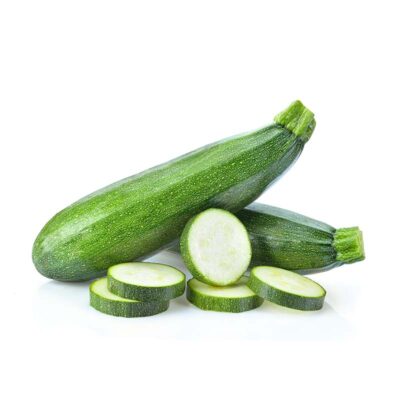
#16 Broccoli rabe
Rapini, or broccoli rabe, is a type of green cruciferous vegetable. It is closely related to turnips and holds many important nutrients for the body. There are 0.15 grams of net carbs per 100 grams of broccoli rabe, making it a great low-carb vegetable.
This is one of many low-carb vegetables that contain lots of protein. If you plan to lift weights while losing weight, you need protein for strong muscle recovery. You could add broccoli rabe to protein shakes for weight loss, but always make sure they’re keto-friendly.
Some other health benefits of broccoli rabe include better immunity, strong eyes, improved joints, and regular bowel movements.
#17 Watercress
Watercress is part of a perennial plant that fills you up without stripping away calories from your daily intake. It is full of healthy nutrients like calcium, magnesium, and potassium. As you may already know, consuming electrolytes on a diet can boost the fat-burning process.
There are 0.79 grams of net carbs per 100 grams of watercress. This just proves that watercress is one of the best low-carb vegetables.
You could use watercress, cauliflower, and spinach to make a keto green soup. It’s an easy meal that makes for the perfect lunch recipe. All it takes is some blending and boiling on the stove for a few minutes.
#18 Nopales
Nopales, also called cactus pads, are an uncommon vegetable that can fuel your weight loss journey. They have a slightly tart taste and may be crunchy, depending on how you cook them. The best way to consume nopales is by combining them with salads or soups.
There are 1.13 grams of net carbs per 100 grams of nopales. Since they are low in carbs, you could snack on them throughout the day. The crunchy texture may trick your mind into thinking that they’re chips.
This keto vegetable actually offers a few long-term benefits. Some of these comprise nerve cell protection, lower blood sugar levels, and reduced LDL cholesterol.
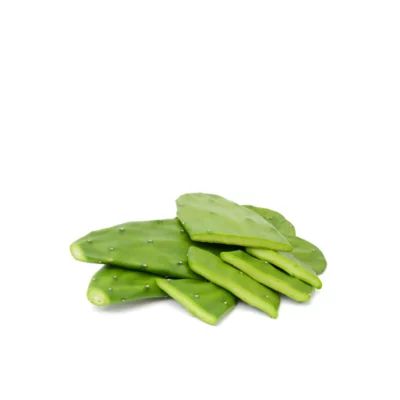
#19 Bok choy
Bok choy is a type of Chinese cabbage that enhances most keto recipes. You can add it to chicken stir-fry or low-carb curry dishes. There are 1.18 grams of net carbs per 100 grams of bok choy, which is great for maintaining ketosis in your body.
A great thing about bok choy is that it’s very high in vitamin C. This vitamin protects your cells from free radicals and toxins. In the long run, it will stop cancerous cells from forming and causing damage.
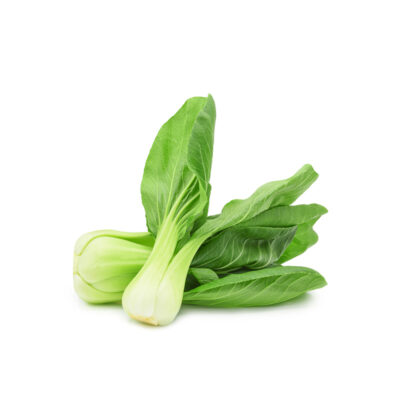
#20 Mustard greens
Mustard greens are the peppery leaves of a mustard plant.
They have a slight resemblance to kale and spinach, but their taste is more potent. This delicious vegetable only contains 1.47 grams of net carbs per 100-gram serving. Since mustard greens are one of the lowest-carb vegetables, you can eat the leaves with most keto recipes.
Some people add mustard greens to broth, soups, and salads. It is a versatile vegetable that contains healthy-boosting nutrients. For example, beta-carotene strengthens the immune system and protects your skin.
#21 Arugula
Arugula is a leafy green that should be on your keto vegetables list. It holds 2.05 grams of net carbs per 100-gram portion, making this keto veggie a suitable addition. Due to arugula being very low in carbs, you can mix it with various keto recipes.
One great benefit of eating arugula is that it fuels your body with antioxidants. These small compounds protect heart health, prevent certain cancers, and support nerve function.
To get more of this low-carb vegetable, add it to a salad containing lemon juice and chicken. Salads don’t have to be a boring meal for losing weight. They can contain the best keto vegetables for your diet.
#22 Swiss chard
Swiss chard is a leafy green that relates to the beet family.
It is a bright keto vegetable that almost has a sweet flavor when paired with other leafy greens. This veggie contains 2.14 grams of net carbs per 100-gram serving, which is great for your healthy recipes.
A light meal for your low-carb diet comprises garlic, Swiss chard, avocado oil, and other keto veggies of your choice. You can have this dish for lunch or dinner, as it fuels your body with important vitamins.
#23 Kohlrabi
Kohlrabi is a cruciferous vegetable that is most popular during summertime. This keto vegetable closely resembles raw broccoli and cabbage. However, it has more of a sweet-peppery taste, which enhances most meals in your low-carb lifestyle.
There are 2.6 grams of net carbs per 100 grams of kohlrabi. You should quickly add this to your keto vegetables list when looking to lose weight.
Believe it or not, kohlrabi is actually a low-glycemic food that improves satiety and blood sugar control. Once your appetite becomes suppressed, you won’t feel the need to binge eat or consume processed foods.
#24 Cabbage
Cabbage is one of the common keto-friendly vegetables. It is a staple veggie that goes with most meals, so it’s worth adding this to your grocery list. There are 3.3 grams of net carbs per 100-gram portion.
A great recipe to try is fried cabbage with slices of bacon. Of course, this meal sounds a little crazy, but it’s perfect for people who are struggling to create dinners. Just fry the bacon until crispy and mix it with seasoned cabbage.
This keto vegetable is also packed with essential nutrients. The antioxidants and vitamins improve your digestive system and reduce inflammation in the gut.
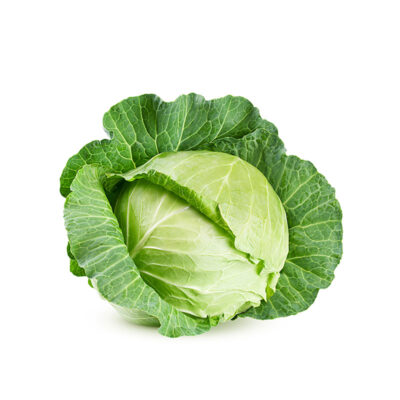
#25 Bamboo shoots
Bamboo shoots, also known as bamboo sprouts, are rounded veggies with a low-carb count. There are 3 grams of net carbs in 100 grams of bamboo shoots, which is great for maintaining ketosis and controlling a fasted state.
If you’re stuck on finding recipes, simply mix the bamboo shoots with garlic, broccoli, and shrimp. Some people like to fry these ingredients together to combine all flavors. The best keto vegetables work well together in every dish.
There are several studies that suggest bamboo shoots reduce appetite, support fat loss, and prevent cardiovascular diseases. For those who need these extra benefits, aim to incorporate bamboo shoots into your meals twice a week.
#26 Artichokes
Artichokes are immature flower buds that act as the meaty core. They have a similar taste to asparagus and Brussels sprouts, with an added “nutty” flavor. Even though they contain more carbs than other keto veggies, they will not harm your physical results.
There are 6.3 grams of net carbs per 100 grams of artichokes. While this may seem high, eating small amounts with each meal won’t break ketosis. Instead, you’ll be fueling your body with very important nutrients.
For example, artichokes are high in potassium, magnesium, and folate. Magnesium is good for weight loss due to its metabolism-boosting properties. A strong metabolic rate usually burns through more stored fat.
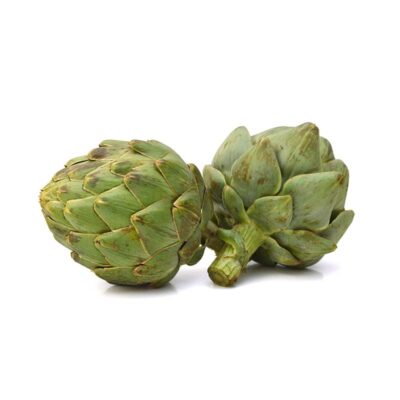
#27 Bean sprouts
Bean sprouts are tender, crisp roots that can be eaten raw or cooked.
This type of culinary vegetable has been known to reduce your appetite and prevent binge eating. The high-fiber content makes bean sprouts the perfect low-carb vegetable. With there being only 4.14 grams of net carbs per 100 grams, you can enjoy it as part of the keto diet.
Bean sprouts also reduce the risk of cancer and heart disease. They are filled with antioxidants, which protect your cells from long-term damage. It’s worth eating more of this vegetable when trying to build a healthier lifestyle.
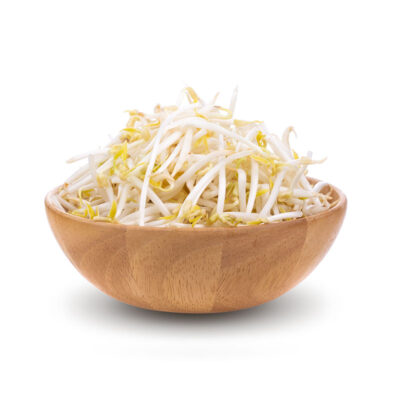
#28 Fennel (keto in moderation)
Fennel is a bulbous vegetable that almost gives hints of anise and licorice flavors. It might be a funny-looking vegetable, but it’s actually great for improving your health. There are 4.2 grams of net carbs per 100 grams of fennel, which is great for boosting the ketosis state.
However, it’s important that you only eat fennel in moderate amounts. Eating too much could exceed your recommended carb intake for the day. Simply cut up small pieces of the fennel vegetable and add it to low-carb recipes containing Brussels sprouts or even keto tacos.
#29 Snow peas (technically, it is a fruit)
Snow peas are flat pods that contain small peas inside.
You can eat them raw for a snack or fry them to make crunchy meal options. Since they are non-starchy vegetables, they retain fewer net carbs compared to regular garden peas and snap peas. Some people mix snow peas with butter and lemon to enhance the natural flavors.
Eating snow peas could reduce the risk of heart disease and improve blood pressure control. This is great for someone who needs to strengthen their long-term heart health.
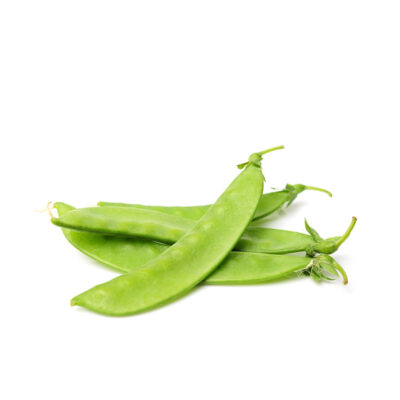
#30 Brussels sprouts
Brussels sprouts might be a hit-and-miss for some people, but they are actually very nutritious vegetables. They contain selenium, copper, manganese, and phosphorus. One study found that consuming more selenium in your diet may reduce your body weight and visceral fat.
There are 5.15 grams of net carbs per 100 grams of Brussels sprouts. This is a high amount to be consuming all the time, so it’s best to eat this vegetable in moderation.
Another great thing about Brussels sprouts is that they are rich in vitamin K. Getting more vitamin K in your diet is essential for optimal bone strength. Stronger bones mean you’ll be able to exercise with no problems.
#31 Kale
Believe it or not, there are only 0.32 grams of net carbs per 100 grams of kale. The non-existent carbs will push you into ketosis and encourage the fat-burning process. Not to mention, eating kale is essential to strengthening your immune system and improving long-term brain health.
A keto kale salad could be a great lunch option for your diet. Just mix some kale with olive oil, red pepper flakes, garlic salt, bell pepper slices, raw spinach, and lemon juice. This should give you a range of unique flavors while still feeding the body with important nutrients.
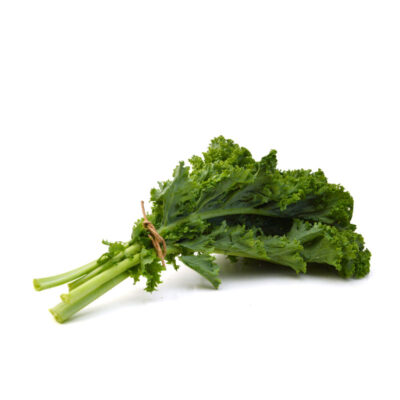
#32 Rutabaga (keto in moderation)
Rutabagas are root vegetables that are slightly sweet. They might remind you of sweet potatoes due to their color and flavor. However, just be aware that there are 6.32 grams of net carbs per 100 grams of rutabaga, which could potentially throw you out of ketosis.
These low-carb vegetables are still safe to eat, but always consume moderate amounts. You don’t want to set back your weight loss progress by accidentally eating more carbohydrates. Always measure out the rutabaga, ensuring that the carbs stay below 4 grams at least.
#33 Carrots (keto in moderation)
Carrots, one of the most popular low-carb vegetables, can spice up your keto meals. They are packed with minerals like vitamin C, potassium, calcium, and iron. One great fact about potassium is that it boosts your metabolism and encourages more calorie burning.
There are 6.38 grams of net carbs per 100 grams of carrots. Now, this is a high amount, but eating carrots in moderation shouldn’t harm your progress. For example, only eating 50 grams of carrots means you’re splitting the carbs, which is a great way of maintaining ketosis.
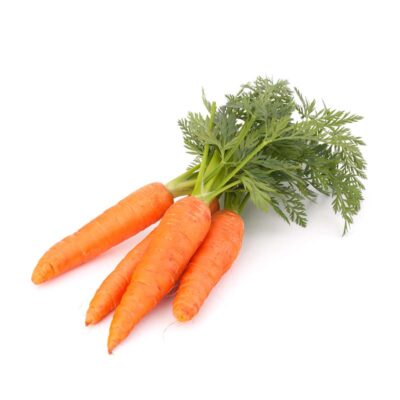
#34 Celeriac (keto in moderation)
Celeriac is a celery root vegetable that has a nutty, celery-like flavor. This makes it perfect for fresh salads or keto-friendly coleslaws. However, there are 7.4 grams of net carbs per 100 grams of celeriac, so it’s very important that you limit this food in your diet plan.
Eating celeriac offers many great benefits. Some of these comprise improved digestion and better bone strength. Refreshing the bacteria in your gut with low-carb vegetables will help your digestive system absorb important nutrients for losing upper belly fat.
You could roast celeriac like potatoes or mash them with other keto vegetables. It may also be worth boiling this vegetable to make a delicious soup.
#35 Leek (keto in moderation)
Leeks are related to garlic, shallots, and onions the most. They are bulbous vegetables with 12.4 grams of net carbs per 100-gram serving. This might be the highest-carb vegetable on our list, but since leeks are very light, you won’t need 100 grams when adding them to meals.
For example, only consuming 25 grams of leeks means the carb count will go down to 3.1 grams. It’s all about measuring the keto vegetables and monitoring the total carbs. You could fry leeks to make them crispy or sprinkle some raw slices over salads and vegetable wraps.
#36 Ginger (keto in moderation)
Ginger is another one of those low-carb vegetables that need to be restricted on the keto diet. With there being 15.2 grams of net carbs per 100-gram portion, you should only stick to about 1–2 grams. This means you’re reducing the carb content completely to maintain ketosis.
As you might know, ginger is one of the best keto vegetables for improving your health. It contains gingerol – a natural compound that can significantly reduce your body weight. One study found that consuming ginger root had a positive effect on those with obesity.
To gain the most out of this vegetable, sprinkle some grated ginger root into your recipes and enjoy the fresh taste.
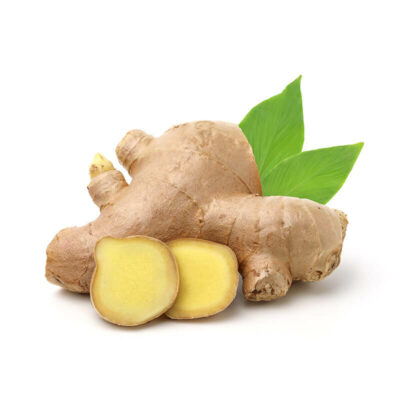
#37 Garlic (keto in moderation)
Garlic is a bulbous flowering plant that enhances the flavor of most meals.
There are 25.5 grams of net carbs in a 100-gram serving, but no one is going to use that much. Instead, to spice up certain dishes, you’ll only add one gram. So, realistically, the carb count will go down dramatically when using tiny amounts.
Adding garlic to your keto-friendly meals will offer many benefits. Lower blood pressure, cholesterol levels, and free radicals can protect your heart in the long term.
#38 Horseradish
Horseradish is a root vegetable that makes up a common condiment. It has a bitter, slightly tart flavor that could bring your meals to life. There are 8 grams of net carbs per 100 grams of horseradish, which is perfectly fine to have when you only use small, moderate amounts.
All you need to do is peel the horseradish, cut it into smaller pieces, and simmer it with other low-carb vegetables. You can also roast this vegetable to enhance the bitter taste.
The high antioxidant profile in horseradish makes it great for your body. Consuming more antioxidants in fresh vegetables will remove free radicals in the lungs, intestinal lining, and colon.
#39 Land cress
Land cress is a peppery green vegetable that is a fast-growing alternative to watercress.
Even though the net carbs are very low, you can enjoy this food for its minimal calories. Low-calorie vegetables won’t take up any space in your diet. Not to mention, leafy greens like land cress contain vitamin C, iron, calcium, and magnesium.
Vitamin C is important for boosting your immune system. Stronger immune responses prevent infections, increase energy levels, and heal wounds faster.
#40 Savoy cabbage
Savoy cabbage is a type of curly cabbage that has deep green leaves. It looks similar to regular cabbage, but the taste is sweeter and milder. There are only 3 grams of net carbs per 100-gram portion, which is one of the best low-carb vegetables you could eat on a ketogenic diet.
A low-carb, cheesy casserole would be best for this vegetable. Simply mix the cabbage with your desired cheese, garlic, and some turkey. Roasting this will help add that layer of crunch to the top of your casserole dish.
Much like regular cabbage, this vegetable supplies the body with immune-boosting minerals. It’s important to protect your body when planning to lose weight.
#41 Bell peppers
Bell peppers are versatile vegetables that can be paired with any dish. Many people choose the green ones because they are the lowest in carbs, calories, and sugars. There are only 3.88 grams of net carbs per 100-gram serving, making these vegetables great for your diet.
The benefits of bell peppers are almost endless. One prominent benefit is that they are a rich source of essential vitamins like C, K1, E, and A. Getting more vitamins ensures your cardiovascular system stays protected in the long term.
Simply add some green bell peppers to salads, chicken wraps, stir-fries, and casseroles. These keto vegetables suit any kind of dish on the keto diet.
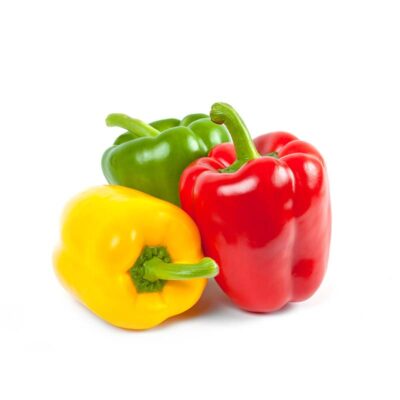
#42 Broccoflower
Broccoflower is a mix between broccoli and cauliflower. While this might seem strange, the interesting vegetable almost has twice the amount of nutrients. In 100 grams of broccoflower, there are 2.89 grams of net carbs, which is great for making some keto-friendly meals.
A great number of cell-protective compounds may prevent cancer. This is because antioxidants remove abnormal cells that turn cancerous in the future. By adding broccoflower to your meals, you’ll be feeding your body with protecting minerals and vitamins.
#43 Komatsuna
Komatsuna is Japanese mustard spinach that makes a great keto vegetable. It looks like normal spinach, but the leaves are longer and retain more nutrients. There are 1.1 grams of net carbs in a 100-gram serving of komatsuna, making it the perfect vegetable for your delicious meals.
This vegetable has an impressive nutritional profile. For example, sulforaphane is the main compound that helps your body fight cancer stem cells. It actively kills those cells and keeps you healthy, so it’s worth adding this type of spinach to vegetable recipes.
#44 Mizuna
Mizuna is another leafy green vegetable that belongs to the cruciferous family.
With there being only 2.33 grams of net carbs in 100 grams of mizuna, you can add it to your keto vegetables list. The best vegetables to eat will always have minerals like potassium, manganese, and vitamin A, so don’t leave mizuna out when planning keto-friendly meals.
You could easily mix mizuna with salads containing bell peppers, green onions, and hints of ginger root.
#45 Eggplant
Eggplant is a nightshade vegetable like tomatoes and peppers. People often enjoy eggplant due to its high fiber and potassium content. In 100 grams of eggplant, there are 2.88 grams of net carbs. If you’re looking for something fun to pair with meals, consider this veggie an option.
Feeling hungry on the keto diet can be frustrating, but eggplant is here to save the day. Just cut the vegetable into small slices and pop those in the oven. Once they turn crispy, take them out and enjoy this keto-friendly snack with a low-carb salad dressing or condiment.
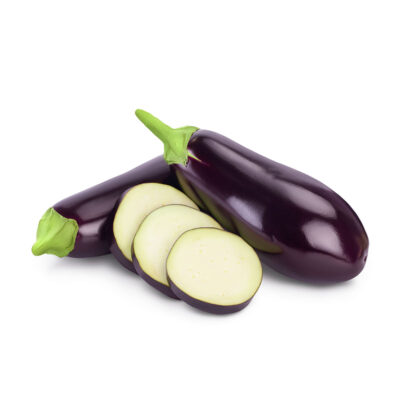
#46 Tatsoi
Tatsoi is a type of Chinese vegetable that can be eaten raw or cooked. There are not many carbs in this food at all, making it great for the ketogenic diet.
Some people like to add tatsoi to green salads or fry them with lemon juice, garlic salt, and other non-starchy vegetables. They are completely versatile when it comes to cooking, so you don’t have to worry about making the right meals.
One great benefit of eating tatsoi is that it boosts your heart health. Believe it or not, tatsoi actually contains more vitamin C than oranges.
#47 Garden cress
Yes, there is another type of cress, but it’s great for improving your health. The peppery, tangy flavor helps enhance the taste of many keto-friendly meals. In 100 grams of garden cress, there are 4.4 grams of net carbs, which is suitable for those trying to lose weight.
This tiny vegetable is very important for reducing inflammation. Since it is high in vitamin C, your body can get the right nutrients when cleaning out toxins. As you might know, less inflammation lowers the risk of autoimmune disorders and gastrointestinal problems.
#48 Microgreens
Microgreens are edible seedlings of mixed vegetables and herbs.
They aim to boost the flavor, texture, and color of any keto-friendly dish. You could even use them to garnish salads and add some fancy decoration on top of soups.
Since they are very low in total carbs, you don’t have to worry about including them in your meals. It’s all about gaining the right nutrients from a range of keto vegetables. One great thing about microgreens is that they can help prevent blood pressure spikes.
#49 Beet greens
Beet greens are the leaves of the common beet plant. These deep red-veined leaves hold many nutrients for improving your health. There are also 0.63 grams of net carbs in 100 grams of beet greens, which makes them one of the best keto vegetables to have for fat loss.
You could simmer the leaves with some coconut oil and other keto veggies on your list. Cooking them will cause beet greens to shrink, but softening the texture will complement other salads. It might also be worth mixing them with green beans or boiled peanuts.
#50 Endive
Endives are leafy keto vegetables that belong to the chicory plant family.
Surprisingly, they only have 0.25 grams of net carbs in a 100-gram serving. They are both crisp and bitter, which could enhance the experience of eating a salad.
These keto vegetables are also great for low-calorie diets. With only 17 calories in 100 grams, you don’t have to worry about exceeding your daily calorie intake. Just pair them with green beans, mashed cauliflower, or other frozen vegetables to make the tastiest dish.
A Word From Our Nutritionist
Starting the keto diet can be overwhelming, especially when you have no idea what to eat. You could make the mistake of eating sweet potatoes, which are sadly not keto-friendly. There are many high-carb veggies out there, so it’s important to keep a keto vegetable list at hand.
People who follow lazy keto might not need as much guidance. However, be aware that slipping in and out of ketosis won’t do much for your weight. Sticking to keto vegetables and avoiding cheat days could help you achieve your goals in a shorter amount of time.
Before starting any kind of diet, consult with your doctor beforehand. Those with health problems should consider what foods are suitable for their bodies. Most of these keto vegetables are completely safe, but it’s always better to check before consuming them.
Conclusion
So, now that you’ve seen our best keto vegetables list, it should be easier to make your meals. Eating vegetables will play an important role in losing that stubborn weight. Just remember to measure out your keto vegetables beforehand to make sure they suit your carb intake.





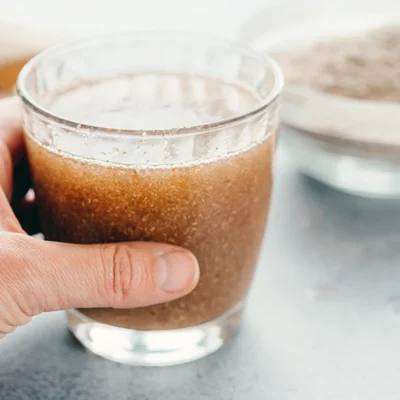


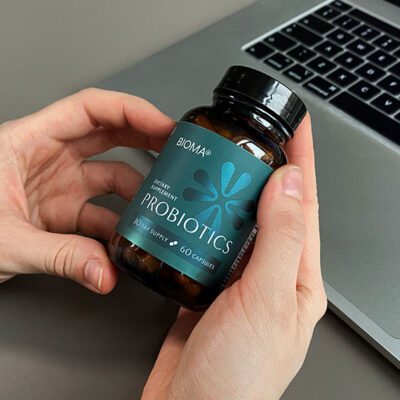




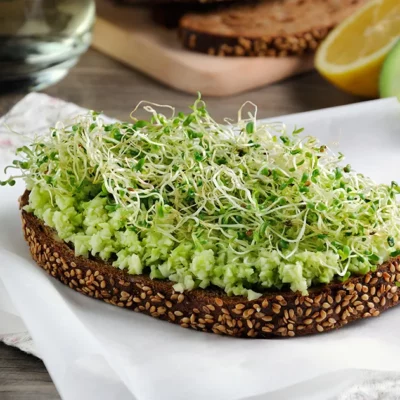





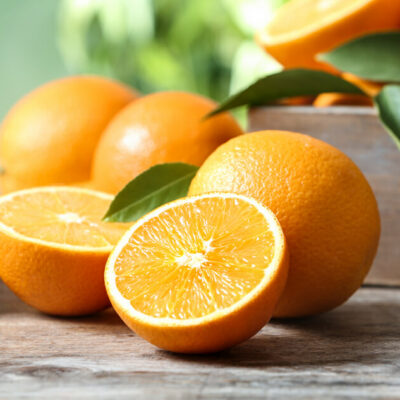
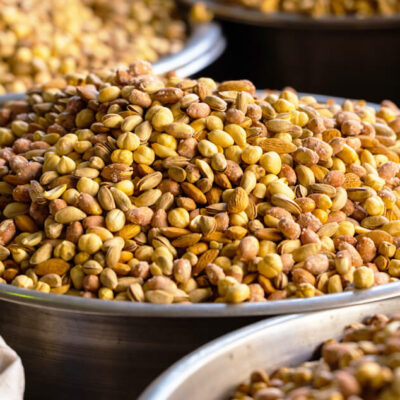

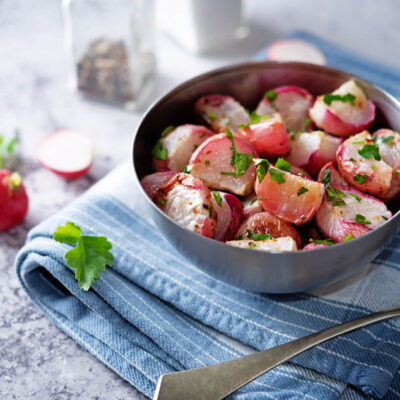
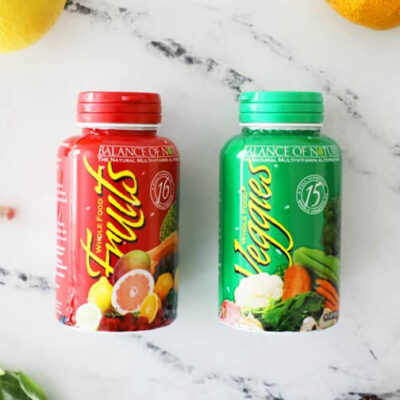

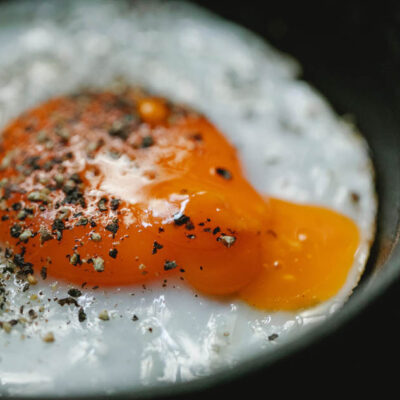
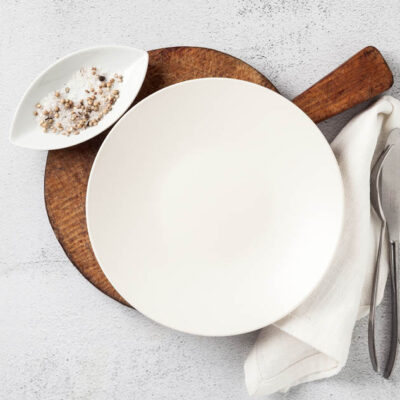
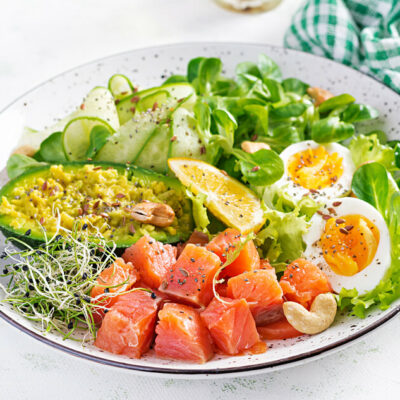

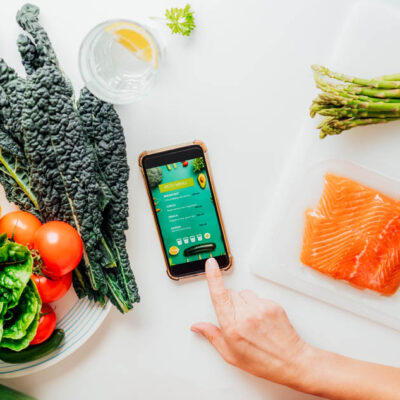








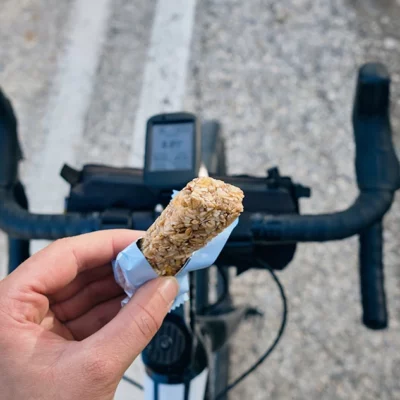




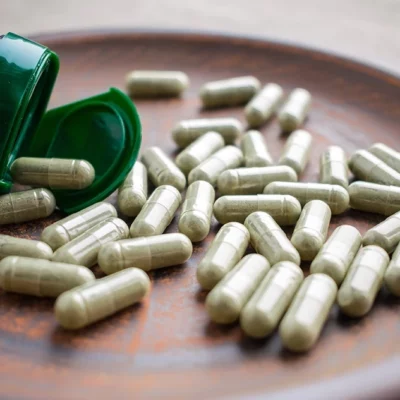





 Select your language:
Select your language: 





